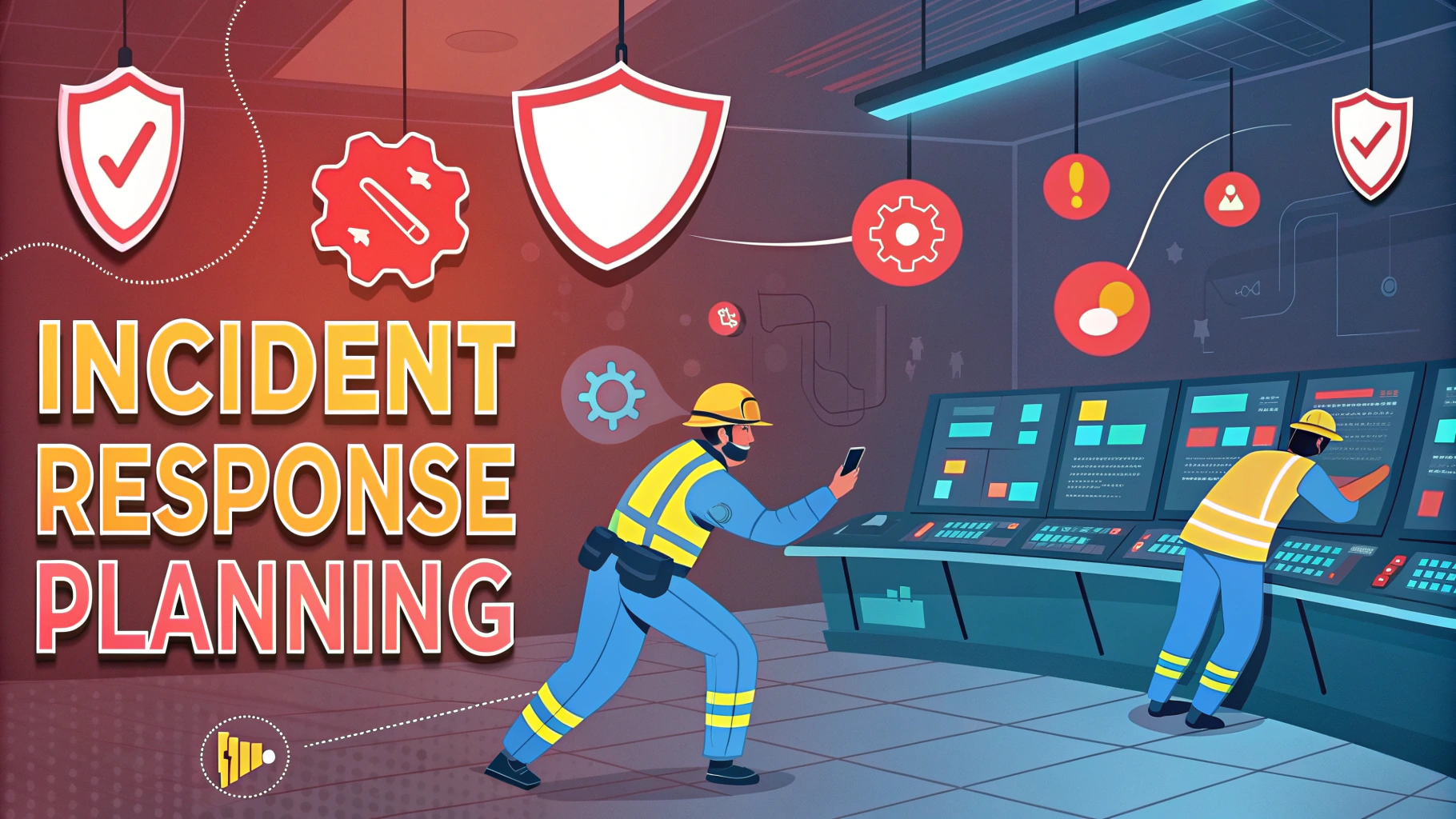AutoRecon stands out as a time-saving network reconnaissance tool that automates the information gathering phase of penetration testing.
This lightweight Python script runs multiple scanning tools in parallel, organizing results into a clean directory structure for easier analysis.
Key Features
- Parallel scanning for faster results
- Automated enumeration based on found ports
- Clean report generation
- Custom scan profiles
- Target filtering options
Installation Steps
git clone https://github.com/Tib3rius/AutoRecon
cd AutoRecon
pip3 install -r requirements.txt
Basic Usage
Run a basic scan with: python3 autorecon.py target-ip
Advanced Options
-t– Set number of concurrent targets-p– Specify custom ports--profile– Use specific scanning profile-o– Set output directory
Best Practices
- Start with single target scans while learning the tool
- Monitor system resources during parallel scans
- Review scan outputs in real-time
- Keep AutoRecon updated for best results
Common Use Cases
- Initial network enumeration
- CTF competitions
- Internal network assessments
- Bug bounty reconnaissance
The tool creates a structured output directory with separate folders for each target and scan type.
Useful Resources
- GitHub Repository: https://github.com/Tib3rius/AutoRecon
- Documentation: AutoRecon Wiki
Troubleshooting Tips
- Check Python version (3.6+ required)
- Verify all dependencies are installed
- Ensure proper permissions for scanning
- Monitor available disk space for reports
Tool Requirements
- Python 3.6+
- Nmap
- Metasploit Framework
- Various enumeration tools
AutoRecon works best when combined with manual verification and targeted testing of discovered services.
Additional Considerations
Performance Optimization
- Adjust thread count based on system capabilities
- Use targeted port lists for faster scans
- Configure scan timing for network conditions
- Implement proper exclusion lists
Integration Options
- Pipeline integration with CI/CD workflows
- Custom reporting templates
- API automation capabilities
- Output parsing for other tools
Security Considerations
- Scan from authorized IP addresses
- Maintain proper scope documentation
- Follow target organization’s testing windows
- Handle scan results securely
Conclusion
AutoRecon significantly streamlines the reconnaissance phase of security assessments through automated parallel scanning and organized reporting. Its versatility makes it valuable for both beginners and experienced penetration testers.
While automation accelerates the process, combining AutoRecon results with manual analysis and verification remains crucial for comprehensive security assessments. Regular updates and proper configuration ensure optimal tool performance and reliable results.
Future Development
- Enhanced scanning algorithms
- Additional tool integrations
- Improved reporting formats
- Extended automation capabilities
FAQs
- What exactly is AutoRecon and what is its primary purpose?
AutoRecon is a multi-threaded network reconnaissance tool designed to automate the information gathering phase of network penetration testing. It performs automated enumeration of services on target systems. - What programming language is AutoRecon written in?
AutoRecon is written in Python and requires Python 3.7+ to run properly. - What are the main scanning tools that AutoRecon utilizes?
AutoRecon leverages multiple tools including Nmap, Smbclient, Nikto, enum4linux, Gobuster, and various other reconnaissance tools that come pre-installed in Kali Linux. - Can AutoRecon be used against multiple targets simultaneously?
Yes, AutoRecon can scan multiple targets simultaneously and supports various input formats including IP addresses, hostnames, and CIDR notation. - Does AutoRecon require root privileges to run?
Yes, AutoRecon requires root/sudo privileges to run effectively as it performs various network scanning operations that require elevated permissions. - What operating systems is AutoRecon compatible with?
AutoRecon is primarily designed for Linux systems and works best on penetration testing distributions like Kali Linux and ParrotOS. - How does AutoRecon handle scan output and reporting?
AutoRecon creates a structured output directory for each target, containing detailed scan results, service enumeration findings, and potential vulnerabilities in both raw and formatted reports. - What are the default ports that AutoRecon scans?
By default, AutoRecon performs a full TCP port scan (1-65535) and a scan of the top 50 UDP ports, but these parameters can be customized. - Can AutoRecon’s scanning templates be customized?
Yes, AutoRecon supports custom scanning profiles and configurations through YAML files, allowing users to modify scanning behavior and add new enumeration commands. - How does AutoRecon handle rate limiting and stealth?
AutoRecon includes options for adjusting scan timing, implementing delays between scans, and controlling the number of concurrent tasks to avoid detection and network overload.








